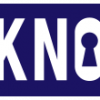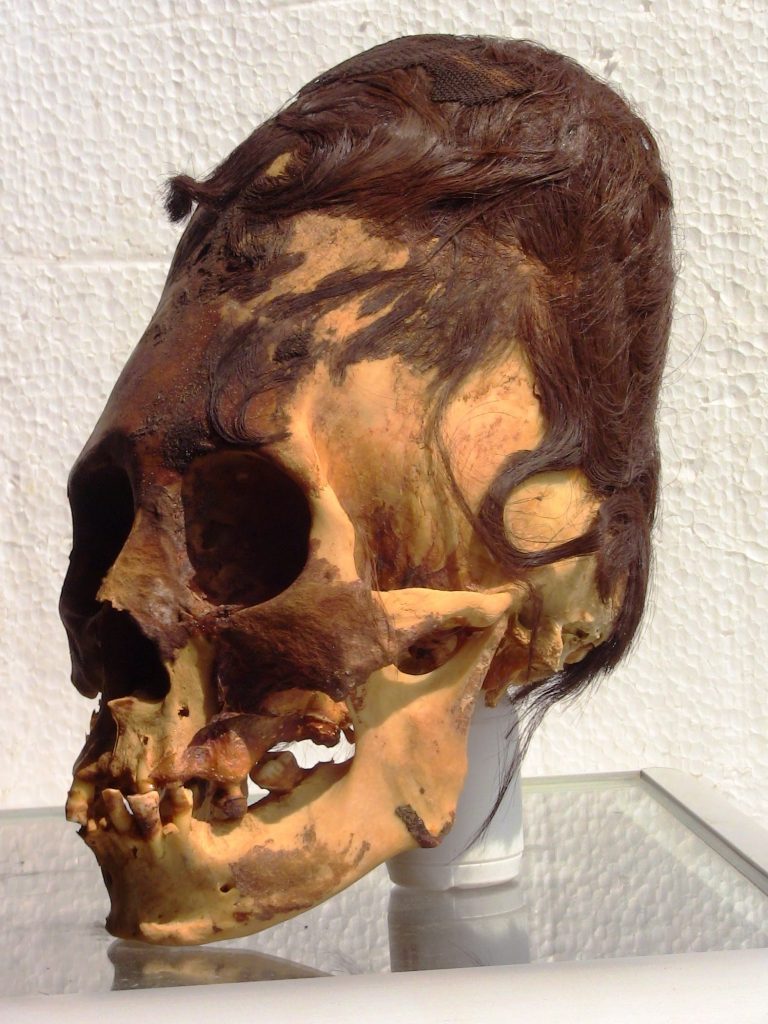This is a short intro to the story of the elongated skulls from Paracas, Peru and the DNA tests, ordered by author-researcher, LA Marzulli on 4 of the “Paracas skulls”. The results were announced in late July, 2016 but for a host of reasons, this Earth-shattering information has received very little attention. Despite my keen interest in this development, even I only ran across this story just now.
Mainstream paleontologists won’t touch this line of inquiry with a 10-foot pole, so these very expensive tests were conducted with financial help from Marzulli, who produced a DVD, which contains a more detailed report of the findings.
Similar skulls have been found in every continent across the globe but in the 1920s, a Peruvian archeologist discovered over 300 of these in a cave near the town of Paracas, on the southern coast of Peru.
The skulls are naturally-elongated and do not derive their shape from the practice of “cradle-boarding” or other techniques used in ancient cultures around the world to purposefully cause a cranial deformation that resembles the Paracas skulls.
There are many differences between these Paracas skulls and those of normal Homo sapiens. Their brain capacity is significantly larger, their eye sockets are much, much larger, their cheekbones are much more robust, as are their teeth. Their skulls, which have a much higher bone density than those of humans have only 2 parietal plates, instead of the 3 plates in the skulls of Homo sapiens.
Of the Paracas skulls which still have hair, the tresses are uniformly fine and auburn, in contrast to the thick, glossy black hair of indigenous Peruvians. The hair of a two-year-old baby Paracas skull is strawberry blond. The Paracas skulls whose skeletons remain attached to their skeletons show that these mysterious people, who thrived for a couple of millennia in this coastal region of Peru had a stature of roughly 6 feet, which is much taller than that of the native Peruvians of today and certainly that of their European contemporaries.
This brings us to the dumbfounding findings of the DNA tests: The bizarre DNA relationships that these skulls have to ancient and modern European populations (!)
The only identifiable genetics in these skulls pertain to Western Europe, Northern Europe and the Middle East (!) None of the haplogroups of the indigenous populations of the Americas were detected in these DNA samples.
The above-mentioned 2-year-old baby Paracas skull (the age determined by a forensic dentist) and estimated to have died 1,950 years ago had DNA from haplogroup U2e1, which is found in proto-Germanic and proto-Balto-Slavic peoples.
As Brien Foerster remarks, on his website, “This means that those ancestors did not walk across the Bering Land Bridge!” He surmises that they arrived to the Pacific coast of Peru by boat, via the Indian Ocean.
That’s not all. The second skull tested, obtained by a US physician in the 1930s and discovered at a site in Oroya, Peru is that of an individual who perished 850 years ago, according to radio carbon dating. The only haplogroup detected was T2b, which occurs from the Middle East to Iceland, with heaviest concentrations in Georgia, Eastern Italy, Sardinia, Netherlands, Southern Portugal and Iceland (!) The broader T2 haplogroup is most heavily concentrated in the Eastern Baltic areas and in the traditionally Celtic areas of Brittany, Wales, Western Scotland and Eastern Ireland.
Neither the U2e1 or T2b haplogroups are found among the indigenous populations of the Americas.
Obviously, Old World Caucasoids, whose DNA match that of the Paracas skulls’ are not coneheads with huge eyes and teeth!
These DNA findings have opened up many more questions than they have answered!

